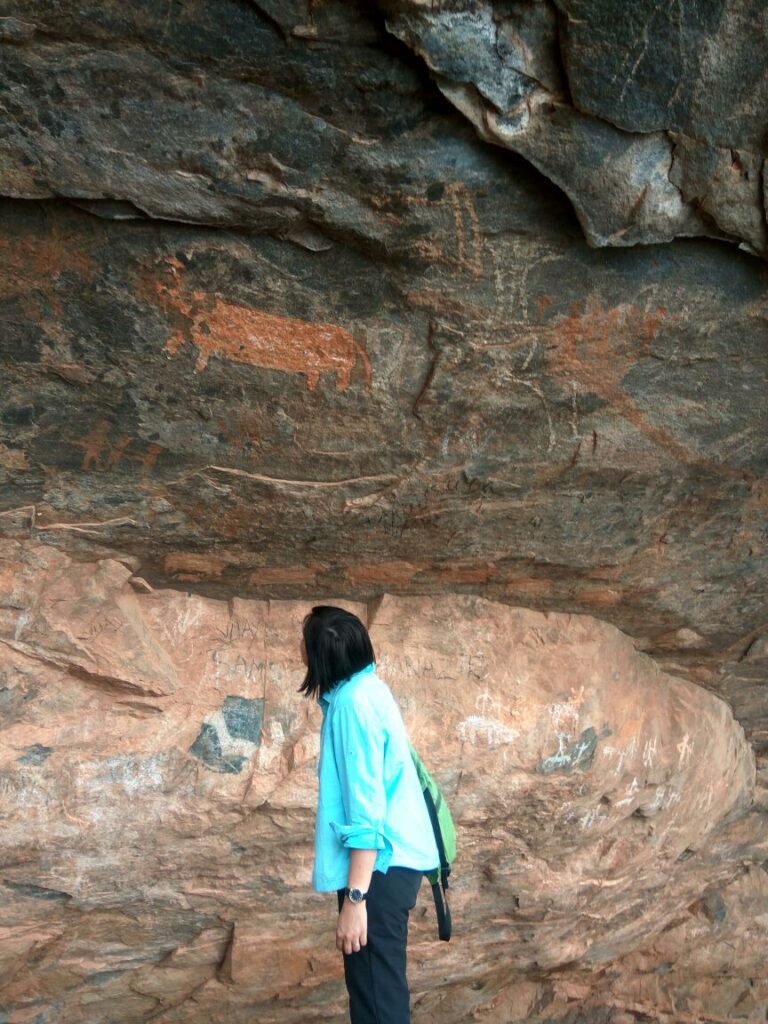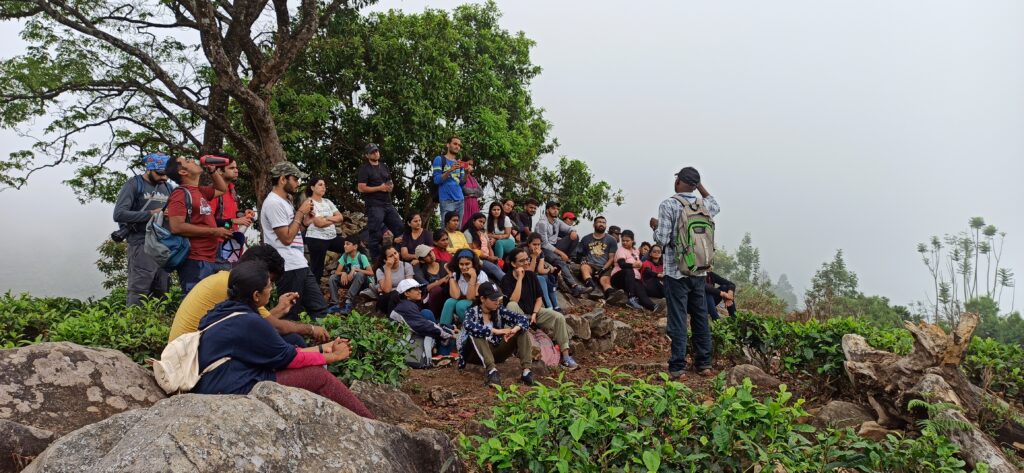Travel has always been a means of exploration, be it exploring new cultures, cuisines, or historical sites. However, the concept of travel has evolved from just being a leisure activity to being a means of exploring our ancestry and antiquity of a bygone era. Today, people travel to connect with their roots and to discover the rich heritage and culture of their ancestors.
Heritage tourism is a form of travel that focuses on exploring historical and cultural sites. These sites are categorized into prehistoric, historic, and colonial, depending on the era they represent. Heritage tourism aims to preserve and promote these sites, allowing visitors to experience and appreciate the rich history and culture of the region.
One of the significant challenges in heritage tourism is the preservation of historical sites. To address this issue, trained indigenous custodians have been appointed for each site. These custodians have been trained in rock art protection and interpretation, and they accompany visitors to these heritage sites. By providing visitors with a knowledgeable guide, they can truly appreciate the significance of these heritage sites, and it ensures that these sites are not damaged due to human intervention.
Another aspect of heritage tourism is the promotion of tribal craftsmanship training. Many traditional art forms, such as music, fine arts, pottery, etc., are on the verge of extinction. By providing training to tribal communities, we can preserve and promote these art forms, generating income through sales for their livelihood and improving their socio-economic status.
Moreover, heritage tourism has the potential to contribute to the conservation of the environment. By promoting low-impact tourism, heritage tourism can protect vulnerable areas from environmental degradation. This ensures that heritage sites are preserved for future generations to experience and appreciate.
The heritage tourism is a form of travel that promotes the exploration of historical and cultural sites, enabling visitors to connect with their ancestry and appreciate the rich heritage and culture of the region. By appointing trained custodians and promoting tribal craftsmanship training, heritage tourism can preserve and promote historical sites and traditional art forms, generating income and improving socio-economic status. Moreover, by promoting low-impact tourism, heritage tourism can contribute to the conservation of the environment. Heritage tourism is a win-win for both the host and the visitor, ensuring the preservation and promotion of historical and cultural sites while providing visitors with a unique and enriching travel experience.


